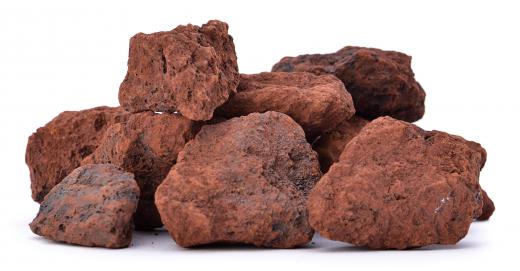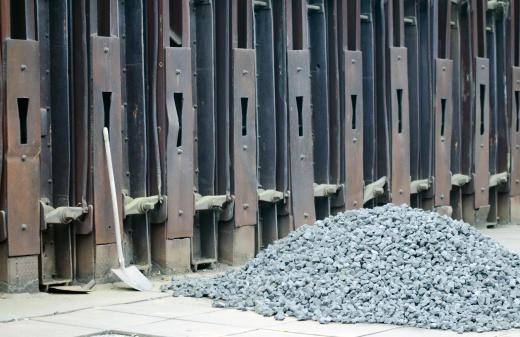Sometimes known as direct-reduced iron, sponge iron is a product that is produced using iron ore. The iron ore is often in the form of pellets or lumps, and is subjected to a reduction process that is created by the use of a reducing gas that emits from coal or a natural gas source. This type of iron can be produced in several different types of furnaces, including coke or charcoal ovens, blast furnaces, and basic oxygen furnaces.
There are several benefits associated with sponge iron that allow it to compete effectively with other types of smelted irons. One has to do with the actual composition of the final product itself. For example, this type of iron is considered richer than pig iron, another type of iron commonly produced in blast furnaces. Direct-reduced iron has a slightly higher iron content, which often makes it better suited for use in electric furnaces.

In addition, the gases emitted during the production of sponge iron can be harvested and used in various other applications. This by-product of the iron making process helps to offset the cost of producing the iron, as well as aid in keeping other processes that require the gas for proper production. It can also be used to produce a powdered ore that works very well when mixed with other metals in the production of different types of iron-based products.

One of the more common uses for sponge iron is the creation of wrought iron. Iron of this type is helpful in the creation of ornamental objects for use around the house, such as decorative grills for screen doors, burglar bars for windows, and even for various types of wall hangings. Sponge iron is also often used for the manufacture of components used to create durable lawn and patio furniture. When properly treated, wrought iron furniture can easily resist deterioration from the weather, and last for a number of years.
In recent years, refinements to the production of sponge iron have made it possible to reduce the iron without necessarily having to melt the ore. Because the iron can be made into pellets and even into powder, it is an economic and useful substitute for the scrap metal sometimes used by steel manufacturers. The amount of time and resources required to produce sponge iron is minimal, so it is possible to manufacture large amounts quickly, a fact that only adds to the advantages of this type of iron product.
